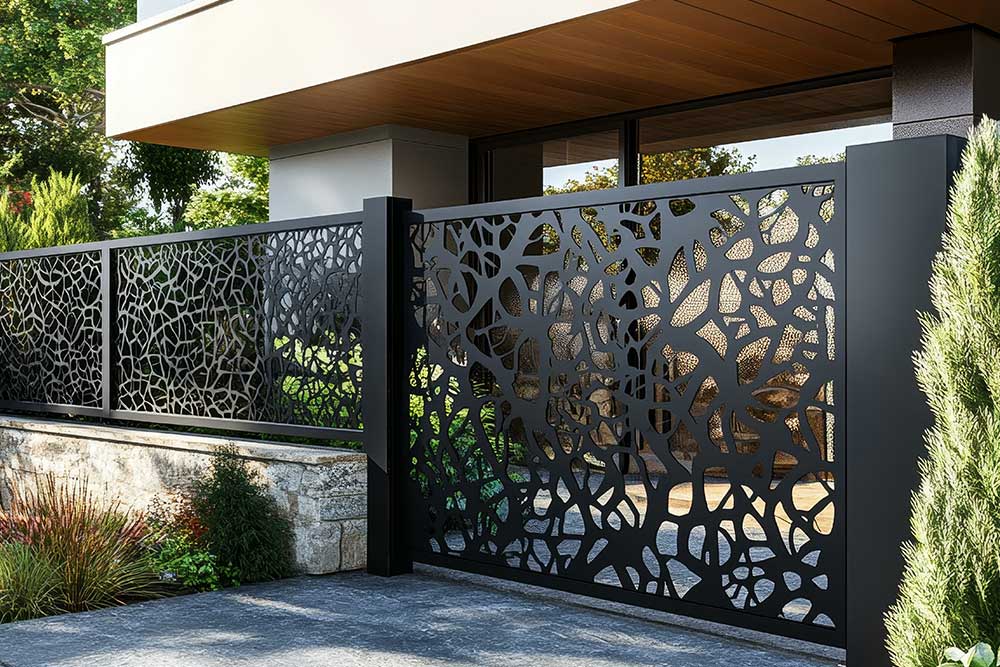South African Travel Tips when Visiting Gauteng
Gauteng is the smallest province in South Africa, is also its industrial, financial and commercial hub and a gateway to southern Africa. It was here where the cradle of humankind is found, where gold was discovered, apartheid fell, the new constitution was written and Nelson Mandela was inaugurated as President. A hefty history for any place, but in Gauteng anything is possible.
A sense of excitement prevails in this technologically advanced, culturally diverse, vibrantly artistic destination which beckons the visitor with a multitude of opportunities to discover and experience its precious life spirit.
CLIMATE:
Situated at an average altitude of 1500 m above sea level, Gauteng falls in a summer rainfall area with afternoon thunderstorms an occurrence. Daily temperatures range from an average midsummer maximum of 26 degrees Celsius to an average winter maximum of 16 degrees Celsius.
SHOPPING:
Excellent shopping facilities ranging from exclusive, luxury or trendy items at modern malls to art and craft bargains at ‘flea markets’ and roadside stalls. Visit Sandton City, Rosebank (Mall, The Zone, galleries, Rooftop Market on Sundays), Menlyn Park Shopping Centre, Oriental Plaza, Market Square Precint (on weekend), Jewel City (for diamonds directly from the cutters) and Michael Mount Organic Market. Special purchases include designer wear and fashion items; jewellery (especially gold and diamonds); decor items and traditional African masks, craft items e.g. bead work and sculpture.
TOP TEN ATTRACTIONS DESCRIPTION:
Sterkfontein Caves:
World Heritage Site, known as the Cradle of Humankind, where our human ancestors walked over 4 million years ago. It is the richest site in the world for fossils of ‘Australopithecus’ (a lineage of hominid).
Soweto:
South Africa’s most famous township and the centre of the Freedom Struggle during the Apartheid years. Visit Nelson Mandela’s old home, Freedom Square, the Hector Peterson Memorial and other Struggle sites.
Johannesburg:
‘The City of Gold’ is a vibrant, eclectic city with a pulsating heartbeat. The economic powerhouse of the country, ‘Joburg’ or ‘Jozi’ offers not only business opportunities, but history, culture, shopping and entertainment. Visit Sandton, Rosebank, MonteCasino, MuseumAfrica, Newtown Cultural Precinct, Johannesburg Art Gallery and Melville Koppies.
Magaliesburg:
Small village at heart of beautiful region of mountains, valleys, rivers and indigenous woodland; enjoy fly-fishing and visit the country guest houses, lodges, art & craft studios, various trails (hiking, horse, mountain bike), Magalies Express Train and historical war sites.
Gold Reef City & Apartheid Museum:
Great fun is to be had at this family-friendly amusement park with countless breath-taking rides, built on an authentic Victorian Gold Mine site. Adjacent to Gold Reef City is the Apartheid Museum with its haunting exhibitions portraying South Africa’s turbulent history..
Lesedi Cultural Village:
An amazing experience of tribal dancing and traditional African villages showcasing the cultures and crafts of the Zulu, Ndebele, Sotho, Pedi and Xhosa tribes.
Pretoria:
Seat of South Africa’s administration and foreign missions, Pretoria is a stately city that bursts into a profusion of purple Jacaranda blossoms in October. Don’t miss the Union Buildings; the National Zoological Gardens, Aquarium and Reptile Park; the National Botanical Gardens; Church Square; Melrose House; Pretoria Art Museum and the Voortrekker Monument.
Hartebeespoort:
Against the backdrop of the Magaliesberg Ridge, the town and dam of Hartebeespoort offer the visitor water-based leisure options, an aquarium, snake park, roadside stalls, game drives and a cableway. This region is the last sanctuary of the Cape vulture.
Cullinan:
The world’s largest diamond was discovered in Cullinan in 1905 worth 3106 carats; visitors can go on a Cullinan Diamond Mine tour and purchase diamonds at the Cullinan Diamond Market; the town also has many turn-of-the-century houses.
Tswaing Crater Site:
where a massive meteorite hit earth more than 220 000 years ago, leaving a crater of about 1,13km wide and 200m deep. This area boasts 320 bird species and 420 species of flora.



